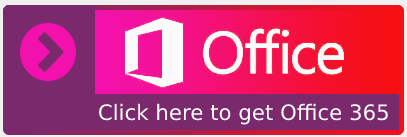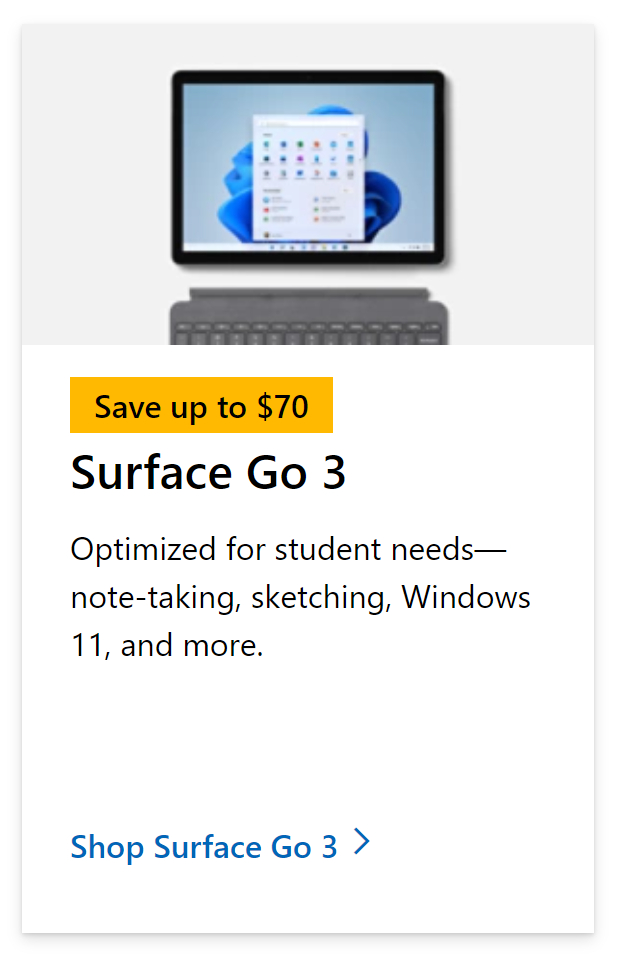Utilising bookmarks and favourites is a common practise among many internet users regardless of which browser they use. It is a convenient way to quickly navigate to the websites you use the most. The majority of popular browsers such as Google Chrome, Safari and Mozilla Firefox save the websites you visit frequently as bookmarks, making them easy to access at the click of a button rather than typing out the name of the website into the browser every time you visit it. However, Browsers such as internet explorer and Microsoft Edge refer to these saved web pages as favourites rather than bookmarks.
For users who want to transition from using one browser to another, it is possible to import data from your old browser to your new one, even if your old browser saves websites as favourites and the new browsers saves them as bookmarks. In this blog post, I will be highlighting how you can import the data of your favourite websites from ![]() Microsoft Edge into your bookmarks in
Microsoft Edge into your bookmarks in ![]() Google Chrome. This method is split into two parts. The first part consists of exporting your Edge favourites into a HTML file, and the second part consists of importing the HTML file into your Chrome bookmarks.
Google Chrome. This method is split into two parts. The first part consists of exporting your Edge favourites into a HTML file, and the second part consists of importing the HTML file into your Chrome bookmarks.
How to import data from Edge into Chrome:
- Step 1 –Export Edge favourites into a HTML file:
- Open up Microsoft Edge and click on the three dots in the top right hand corner
- Select favourites
- Click on the three dots
- From the drop down list, click ‘Export favourites’
- Select where to save the file and click ‘Save’
- Step 2 –Import the HTML file into Chrome bookmarks:
- Open up Chrome and click on the three dots in the top right hand corner
- Select ‘bookmarks’
- Then, click on ‘Import bookmarks and settings’
- On the new page, select ‘Bookmarks HTML file’
- Then click on ‘Choose file’
- Select your HTML file
- Click on ‘Open’
- A window will appear telling you that the bookmarks are ready, click ‘Done’
- The imported data from edge is now bookmarked at the top of the Chrome browser.
We’ve also created a video to help guide you through the steps:
Why import data from Edge into Chrome?
By importing data from one browser to another, you can save a lot of time that would otherwise be spent completing the tedious task of manually visiting each website that it saved on your old browser and adding it as a bookmark in your new browser. This can take up a lot of your time, especially if you have a lot of web pages that need to be added as a bookmark. Importing data into your new browser is a very simple task and is a convenient way to help you adjust to your new browser, as all your most visited websites will be saved.

Step 1 – How to import data from Edge into Chrome – Export Edge favourites into a HTML file
- Open up Microsoft Edge and click on the three dots in the top right hand corner
Navigate to your Microsoft Edge browser and click on the three dots. These can be navigated in the top right hand corner of the page.
- Select favourites
A drop down list will then appear. From the list, click on ‘Favourites’
- Click on the three dots
A small window will appear displaying your favourite web pages. As you can see from the screenshot above, I have the Business Tech Planet saved as a favourite on the Microsoft Edge browser. You may have a much bigger list of favourites, and all of these will be imported into the Chrome browser once you have completed these steps.
- From the drop down list, click ‘Export favourites’
After clicking on the three dots, select ‘Export favourites’ from the drop down list
- Select where to save the file and click ‘Save’
To save your HTMl file, locate the area where you want to save it and click ‘Save’ at the bottom of the window. I have saved my HTML file on my desktop as an example, but you may save it anywhere you like.
Step 2 – How to import data from Edge into Chrome – Import the HTML file into Chrome bookmarks
- Open up Chrome and click on the three dots in the top right hand corner
Now that your HTML file is saved from Microsoft Edge, open up Google Chrome and click on the three dots in the top right hand corner of the screen.
- Select ‘Bookmarks’
The from the drop down list, select ‘Bookmarks’
- Then, click on ‘Import bookmarks and settings’
Another drop down list will appear. From here, select ‘Import bookmarks and settings’
- On the new page, select ‘Bookmarks HTML file’
You will be taken to a new window to import bookmarks and settings. From the small drop down menu, select ‘Bookmarks HTML File’
- Then click on ‘Choose file’
At the bottom of the small window, select ‘Choose file’
- Select your HTML file
You will be asked to browse your computer for your HTML file. Locate where your HTML file is and select it.
- Click on ‘Open’
Then click on ‘Open’ at the bottom of the window.
- A window will appear telling you that the bookmarks are ready, click ‘Done’
A small message will appear. This is confirming that your HTML file was successfully imported. Click on ‘Done’
- The imported data from edge is now bookmarked at the top of the Chrome browser.
As you can see from the screenshot above, the imported HTML file is now at the top of the page along with the other bookmarks. I can now easily enter my bookmarked websites without having to search them up on the browser every time I want to visit them.
Thank you for reading our guide! If you have any further questions, please leave a comment below and we’ll be happy to help.






